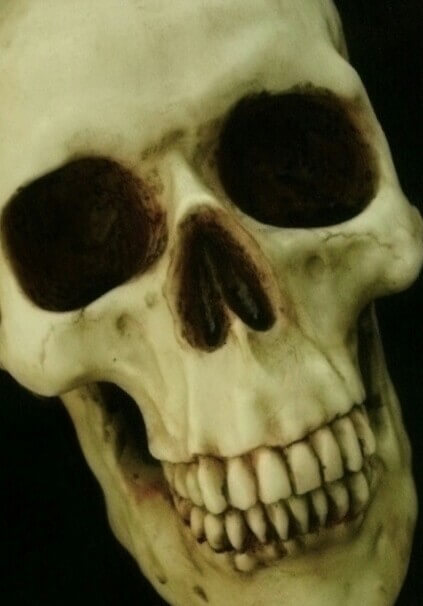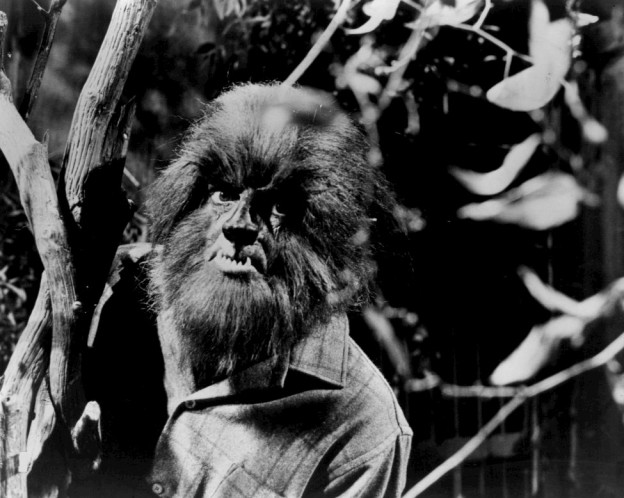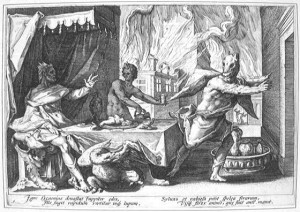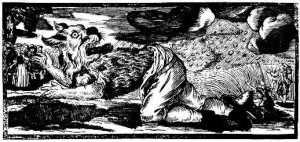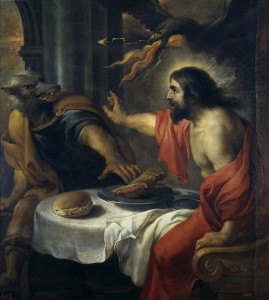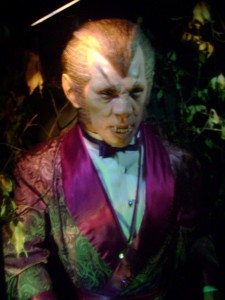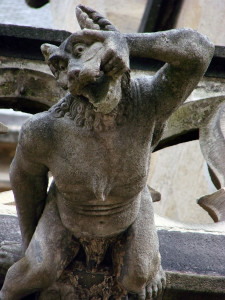Did you come here to see some pictures of werewolves? Great. In this post, we have included many cool images of these immensely hairy, scary and legendary creatures, which originate from European folklore. You are about to see some creepy werewolves that may just freak you out.
We are first going to talk a little bit about the interesting history of werewolves.
What Are Werewolves?
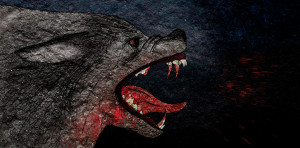
“Varulv” by Gunnar Creutz, Falbygdens museum is licensed under CC BY-SA 3.0
In folklore and superstition, a werewolf (also known as a lycanthrope) is a person who has the ability to shapeshift into a wolf (typically when there is a full moon) or a wolf-like creature. The shapeshift can be either temporary or permanent, which occur by supernatural influences, witchcraft, or voluntary. However, the shapeshift may also occur when one gets scratched or bit by another werewolf. Although the person changes into a wolf, they still retain human intelligence.
Origins
The werewolf creature is a widespread concept in European folklore. They have been around in mythology and fiction for centuries, and are nearly the oldest legends of human monsters in recorded history. Religion has had a significant impact on the werewolf myth. In areas where Christianity was prevalent, werewolf creatures were associated with witchcraft and the devil.

Ovid told the tale of King Lycaon (which is the origin of the word Lycanthrope). In order to see if Zeus was really omniscient, Lycaon chose to serve him roasted human flesh of a guest from Epirus. Zeus punished the wrongdoing by literally transforming (depicted below) Lycaon into a wolf.
Interestingly, some believe that the werewolf legends may have been partly inspired from shamanism (the animistic religion of northern Asia) and totem animals in nature-based cultures.
In the course of the Late Middle Ages and the Early Modern period, the belief in werewolves had developed in parallel to the belief in witches.
The Werewolf Transformation & The Full Moon
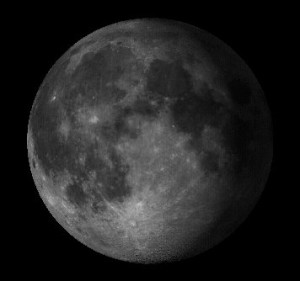
Werewolves & Vampires
According to many authors, the werewolf and vampire legends may have been used to explain serial killings. The basis of the theory came from the tendency of some modern serial killers to indulge in practices that are commonly associated with werewolves (such as mutilation and cannibalism attacks).
Werewolves & Hollywood
Of course, werewolves have been mentioned in many forms of media (such as the 1985 movie Teen Wolf, and the Harry Potter series). They are usually described as vicious monsters. However, fictional werewolves do not always attribute the traits from original folklore. For instance, most modern references agree that a werewolf can be killed if they are shot by a silver bullet.
What Is The Difference Between A Werewolf And A Dogman?
A dogman is essentially a werewolf. However, the big difference between the two creatures is that a dogman is not a human. Also, unlike a dogman, a werewolf has the ability to shapeshift.
A Variety Of Werewolves

Above is a drawing of a werewolf in woodland at night. It is the main illustration for the story “The Werewolf Howls.” It is also an internal illustration from the pulp magazine called “Weird Tales.”
A Book Illustration Of A Werewolf By Lucas Cranach The Elder, 1512
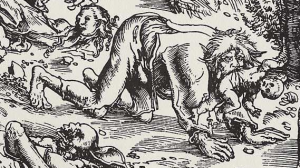
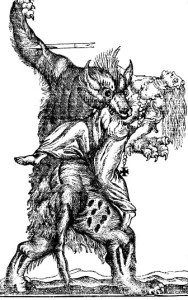
Lycaon And Jupiter
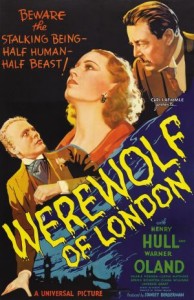
Werewolf of London Wax Figure
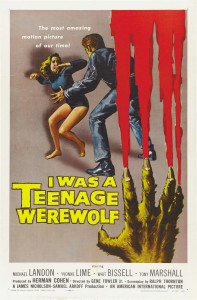
Adventures Into Darkness Series
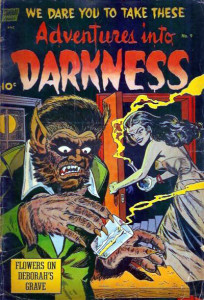
Enchanted Wolf
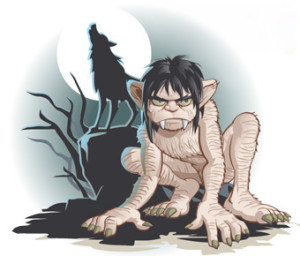
“Lobo-mak” by Makimaus is licensed under CC BY-SA 3.0
The creature is known as enchanted wolf, wolf or wolf sorcerer hechaízo. It is a kind of werewolf typical of famous Spanish mythology. The above image represents the big-eared character, which was said to have been the victim of a curse. This type of creepy creature is a cross between human and animal. However, these funny-looking beasts can also become a very big wolf directly.
Werewolf At The National Wax Museum In Ireland
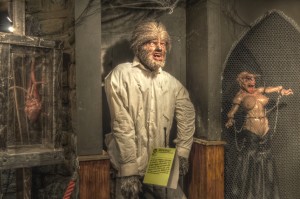
“Wax Museum Plus” by Miguel Mendez is licensed under CC BY 2.0
Harry Potter Werewolf
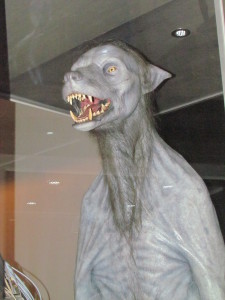
“HIMG 2790” by Princess Mérida is licensed under CC BY 2.0
Gargoyle
Drawing Of A Werewolf
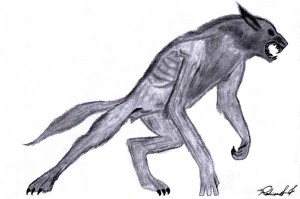
“LobisomemRF” by Rodrigo Ferrarezi is licensed under CC BY 3.0
Werewolf Tattoo
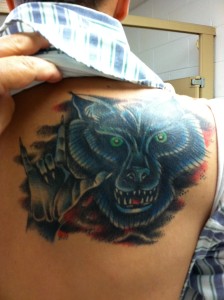
“Cover Up Tattoo” by Tony Alter is licensed under CC BY 2.0
A Cousin Of A Werewolf?
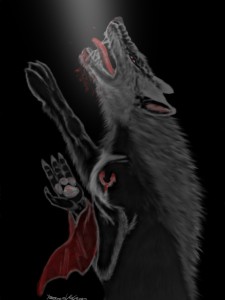
“Voirloup2” by Tsaag Valren is licensed under CC BY-SA 3.0
The Voirloup is a creature mentioned in French folklore. They look like werewolves and can even shapeshift. Although they do share similar characteristics, voirloups are only a “cousin” of the werewolf. They can take the form of not just wolves, but also foxes, of boars, of goats or even cats.
The Werecat
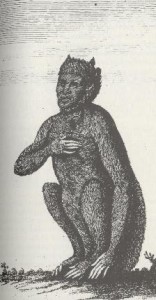
A Real Werewolf?
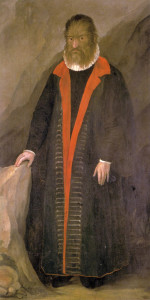
Born in 1537, Petrus Gonsalvus (in the above portrait) was a man who became famous all because of his severe case of hypertrichosis. Four of his seven children also suffered with his condition. An Italian naturalist named Ulisse Aldrovandi (11 September 1522 – 4 May 1605) had once referred Gonsalvus as “the man of the woods.” Sadly, in the eyes of their contemporaries, Gonsalvus and his four children who suffered with his severe condition, were not even considered fully human.
Teen Wolf: The Werewolf Transformation
Conclusion
Werewolves are seen in mythology, clothing, books, Hollywood and even in video games. They are also a very popular Halloween costume. Whether you love or hate these ugly beasts, you are likely going to see them again somewhere in the world. We hope you not only enjoyed seeing some cool pictures of werewolves, but also learned some interesting information regarding their history.
